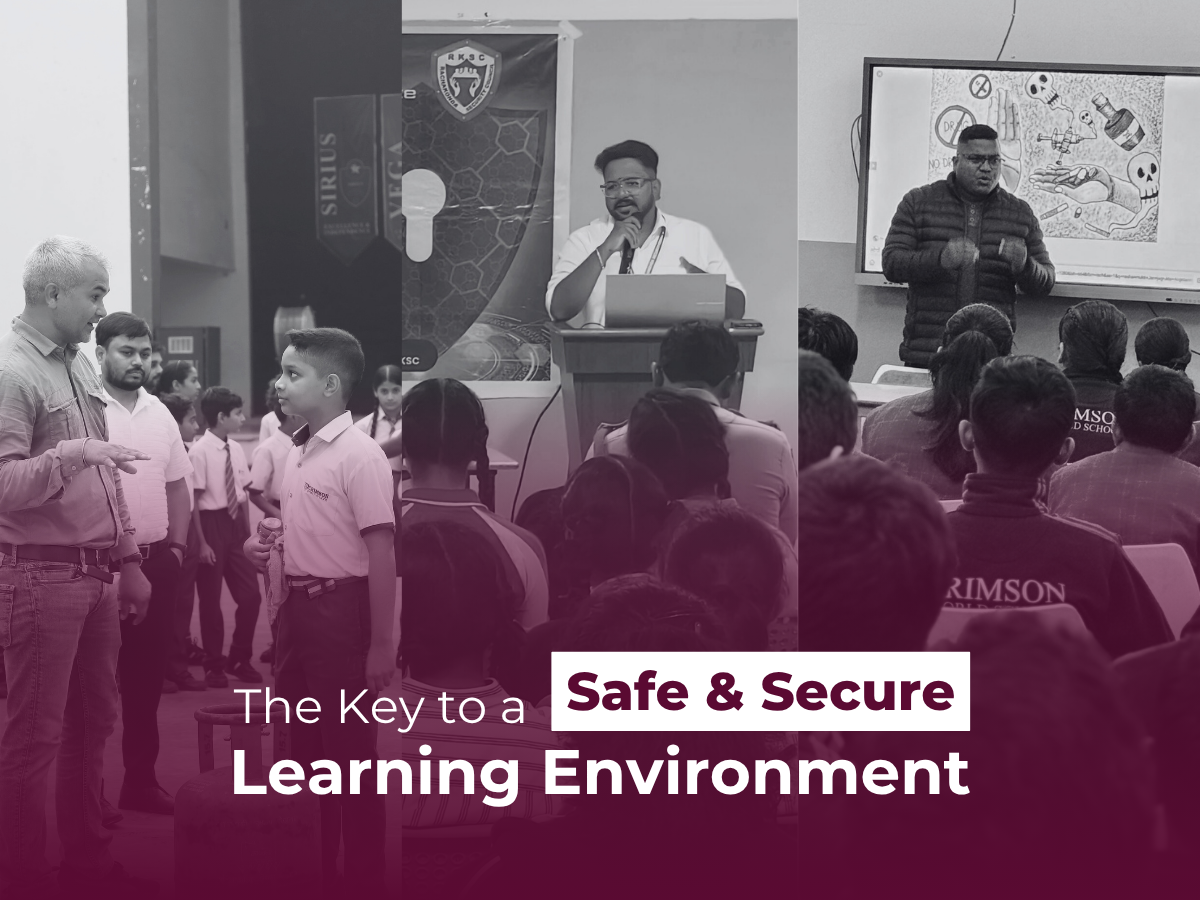Student safety in schools is a topic of paramount importance in India. With millions of students attending schools daily, their physical, emotional, and psychological well-being must be safeguarded. Safety isn’t just a regulatory requirement it is a fundamental aspect of creating an environment where children can thrive academically and personally.
Why Student Safety Is Critical
- Fostering a Secure Learning Environment
A safe school environment enables students to focus on their studies without fear or distraction. Safety is foundational to academic success, as it nurtures a sense of belonging and confidence. - Preventing Physical and Emotional Harm
Inadequate safety measures can lead to accidents, bullying, harassment, or worse. Protecting students from harm ensures their well-being and builds trust in educational institutions. - Building Resilient Communities
Safe schools contribute to community resilience by nurturing well-adjusted individuals who feel supported and protected in their formative years.
Key Aspects of School Safety
- Physical Safety
- Infrastructure: Safe buildings with proper fire exits, secure perimeters, and well-maintained facilities.
- Transport: Ensuring the safety of school buses, including GPS tracking, verified drivers, and regular vehicle maintenance.
- Emergency Preparedness: Conducting regular fire drills, earthquake drills, and emergency response training.
- Emotional and Psychological Safety
- Anti-Bullying Measures: Strict policies and awareness programs to prevent bullying.
- Counseling Services: Employing qualified counselors to support students’ mental health.
- Inclusive Practices: Promoting a culture of respect and inclusion for all students.
- Health and Hygiene
- Cleanliness: Regular cleaning of classrooms, restrooms, and common areas.
- Medical Facilities: On-campus first aid and regular health check-ups for students.
- Cybersecurity
- Digital Awareness: Educating students about online safety, including the dangers of cyberbullying and identity theft.
- Monitored Access: Ensuring secure internet access and monitoring the use of digital tools.
How to Achieve Student Safety in Indian Schools
Ensuring student safety in Indian schools requires a holistic approach. Schools must implement and regularly update safety policies covering infrastructure, personnel, and emergency protocols. Training programs on first aid, self-defense, and mental health awareness empower students and staff to respond effectively in crises.
Collaboration with local authorities ensures compliance with safety norms and swift emergency responses, while technology—such as CCTV surveillance, biometric access, and real-time communication apps—enhances security. Parental involvement further strengthens accountability, with parent-teacher associations playing a key role in reviewing and improving safety measures. By integrating these efforts, schools can create a secure environment where students thrive.
Conclusion
Ensuring the safety of school students in India is not just a responsibility but a moral imperative. Safe schools empower students to learn, grow, and succeed without fear. By combining robust policies, advanced technology, and a community-centric approach, we can create environments where every child feels protected and valued. Safe schools are not only essential for individual well-being but also for the nation’s progress.
#StudentSafety #SchoolSafety #EducationMatters #SafeSchoolsIndia #StudentWellbeing #wellbeing #safety #precaution #safeschools #security #emergencyprotocols #resilience
